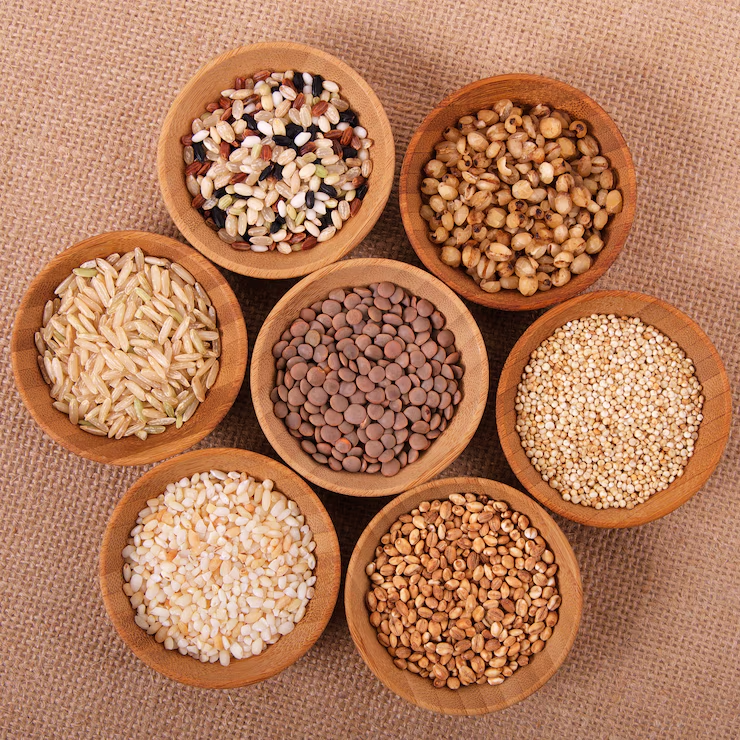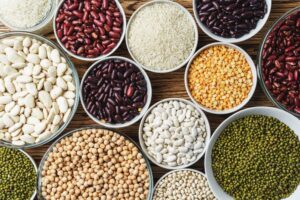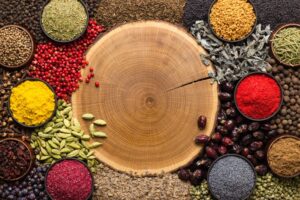Introduction
Grains are indispensable to global food systems, serving as the cornerstone of nutrition, agriculture, and economic stability. From wheat and rice to oats and barley, grains are vital in feeding populations, driving economies, and ensuring food security. Their significance goes beyond sustenance, extending into environmental sustainability and innovative food solutions.
The Nutritional Power of Grains
Grains are packed with nutrients that are essential for maintaining overall health. Whole grains, such as quinoa, brown rice, and barley, are rich in fiber, vitamins, and minerals like iron, magnesium, and B-complex vitamins. These nutrients aid digestion, boost energy, and promote heart health.
Diets incorporating whole grains have been linked to reduced risks of chronic diseases, including diabetes and cardiovascular issues. Their low glycemic index helps regulate blood sugar levels, making them a staple for individuals seeking balanced nutrition. Whether in the form of bread, porridge, or pilafs, grains offer unmatched versatility in culinary applications.
Economic Contributions of Grains
Grains are a critical component of agricultural economies worldwide. As a primary crop for millions of farmers, they drive trade and generate income for rural communities. Countries reliant on grain exports benefit significantly from the global demand for wheat, rice, and corn, creating employment opportunities across the supply chain.
Innovations in grain production, such as genetically modified crops and precision agriculture, have boosted yields and minimized losses, contributing to economic growth. These advancements have made grains more accessible, affordable, and sustainable, ensuring that they remain a key player in the global food market.
Sustainability and Grain Production
As the world grapples with climate change and resource scarcity, the grain industry must adopt sustainable practices to ensure its longevity. Techniques such as crop rotation, reduced chemical inputs, and water-efficient irrigation are transforming how grains are cultivated. These methods not only improve yields but also preserve soil health and reduce environmental impact.
Businesses in the grain sector are increasingly aligning with consumer values by sourcing sustainably grown grains. Offering organic and non-GMO options appeals to health-conscious and eco-aware consumers, driving market growth while promoting environmental stewardship.
Opportunities for Innovation
The grain industry is ripe with opportunities for innovation. Ancient grains like teff, spelt, and millet are gaining popularity for their unique flavors and nutritional profiles. Gluten-free grains cater to dietary restrictions, while fortified grain products address nutrient deficiencies in underserved populations.
For businesses, investing in research and development to create new grain-based products can expand their market reach. Collaborating with sustainable farmers and focusing on transparent supply chains build consumer trust and loyalty, setting brands apart in a competitive landscape.
Conclusion
Grains are far more than a staple food—they are a lifeline for nutrition, economic stability, and environmental sustainability. By embracing innovative practices, supporting ethical sourcing, and educating consumers about their benefits, the grain industry can continue to thrive while contributing to a healthier planet and a nourished global community.





